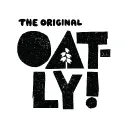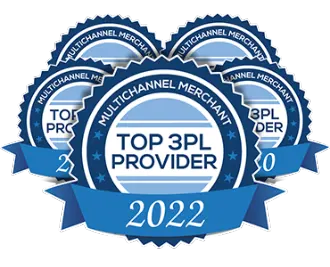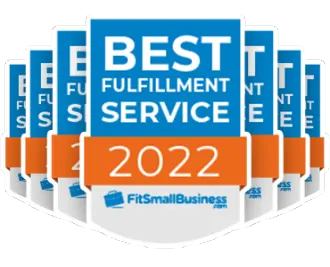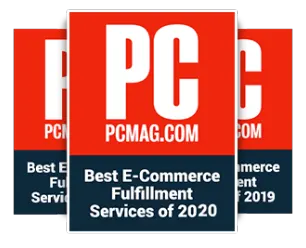
Homestead Brands
“We can’t run without stellar customer service. We can’t ship our big, heavy D2C packages properly without it. We don’t have to worry with RSF.”
Our Results

Pop-A-Shot
“RSF has been exactly what I’d hoped for when I started. I never envisioned that we’d have this much growth — and they’ve grown with us seamlessly.”
Our Results

Oatly
“RSF has been a part of our eCommerce journey since we sold our first carton of oatmilk through the Internet and we have grown together.”
Our Results
Ready To Get Started
After 30 days of experiencing our processes, people, and service, if you’re not satisfied with what Red Stag Fulfillment did for your company and your customers, we won’t bill you for any fulfillment service fees.
Red Stag Fulfillment needs the contact information you provide to us to contact you about our services. For information on how to unsubscribe, as well as our privacy practices and commitment to protecting your privacy, please review our Privacy Policy.








